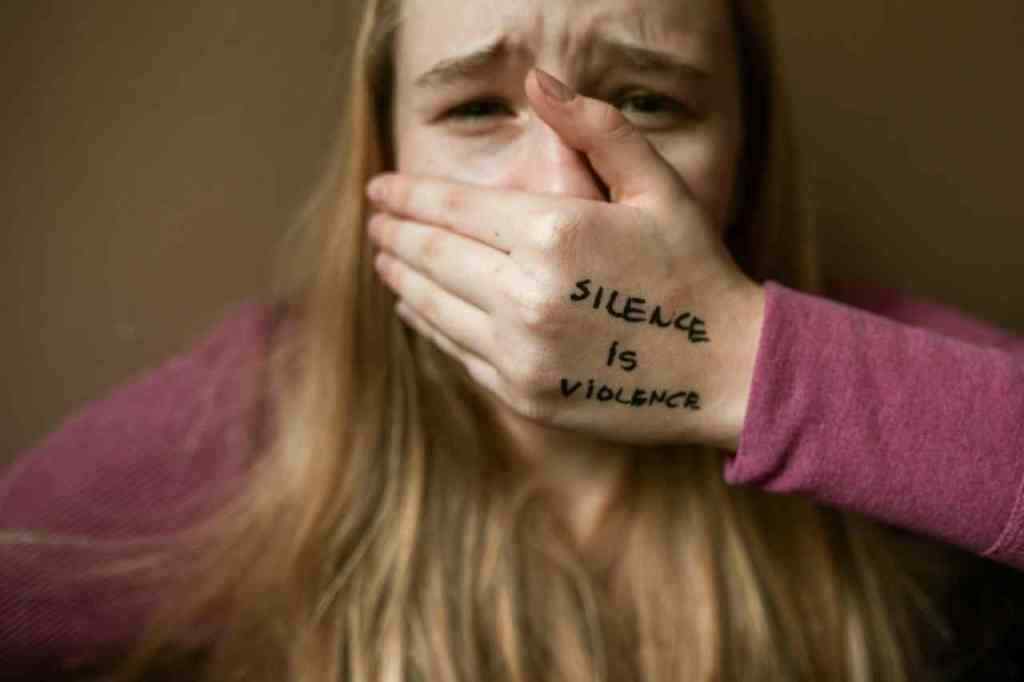American Consumers: From Boom to Bust?
Remember those heady days when we were all stuck at home, binge-watching reality TV and wondering if we’d ever wear real pants again? Yeah, good times. But amidst the chaos of the pandemic, something interesting happened. American consumers, those fearless captains of capitalism, kept the economy afloat. Seriously, they were like the unsung heroes of the economic recovery, whipping out their credit cards and clicking “buy now” with an enthusiasm that would make even the savviest influencer jealous.
The Era of Unstoppable Spending
From to , the American consumer was an unstoppable force. While economists were busy predicting doom and gloom, everyday people were busy buying stuff. Lots of stuff. At first, it was all about those sweet, sweet home comforts. Remember the great home-exercise bike shortage of ? Or the run on sourdough bread starters? We were nesting on steroids, folks.
But as the world slowly began to reopen, so did our wallets. We were done with sweatpants and Zoom calls; we wanted vacations and fancy dinners. And boy, did we ever indulge. Beachside holidays? Check. Michelin-starred meals? Check, please! Consumer spending defied all expectations, even as inflation reared its ugly head. It was like everyone collectively decided to say, “Inflation, schmation! We’ve earned a little splurging!”
And splurge we did. This spending spree wasn’t just good for retailers; it was the driving force behind some seriously strong economic growth. The U.S. economy grew at a rate that left other developed nations green with envy. It seemed like the good times would never end.
Warning Signs on the Horizon
But hold your horses, folks, because things are rarely as rosy as they seem. Remember that old saying, “What goes up must come down”? Yeah, well, it applies to economies too. And in , those warning signs started flashing like a neon sign in Times Square.
April : Significant Slowdown in Consumer Spending Growth
April showers brought more than just flowers this year; they brought a cold dose of reality to the retail sector. Consumer spending growth, which had been chugging along at a healthy clip, suddenly slammed on the brakes. Like, screeching-tires, everyone-out-of-the-pool kind of brakes. Monthly growth plummeted, and overall spending actually contracted. It was like someone hit the “pause” button on the economic recovery playlist.
Weakening Retail Sector
This slowdown wasn’t just some abstract economic indicator either. It was showing up in the earnings reports of some of the biggest names in retail. From fast-food giants to industrial conglomerates, companies across the board were reporting declining sales. Even the mighty McDonald’s, a beacon of recession-proof consistency, wasn’t immune to the consumer crunch.
Suddenly, those “buy now, think later” vibes were replaced with a more cautious “do I really need this?” mentality. Consumers, it seemed, were finally starting to tighten their belts. Those discretionary purchases that had been flying off the shelves just a few months ago? Yeah, not so much anymore.
